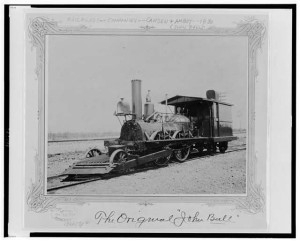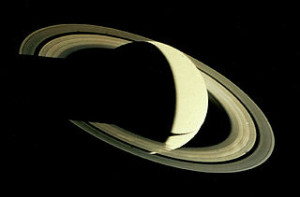The Central American countries of Costa Rica, El Salvador, Guatemala, Honduras, and Nicaragua declared their independence from Spain in 1821.
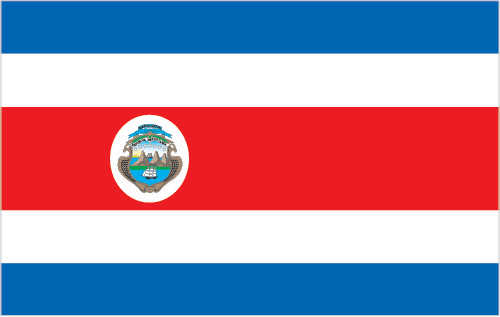
Flag of Costa Rica
Costa Rica, about the size of West Virginia, has a population of about 4.7 million people. The country, which exports bananas, pineapples, and coffee, has four active volcanoes. San José is the capital. Children can learn more at: Costa Rica.
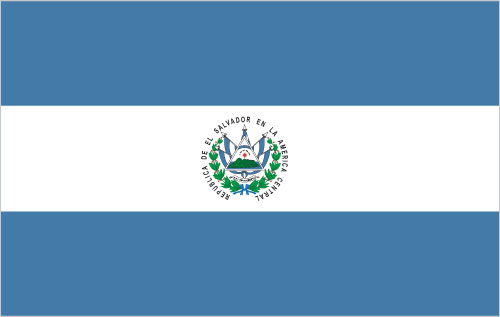
Flag of El Salvador
El Salvador, slightly smaller than the state of Massachusetts, has a population of 6.1 million people. It exports coffee, sugar, and textiles. It is the only Central American country that does not have a coastline on the Caribbean Sea. San Salvador is the capital. Children can learn more at: El Salvador.
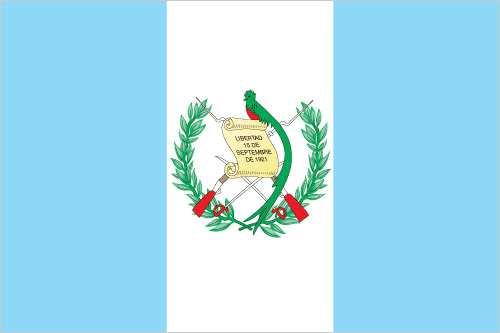
Flag of Guatemala
Guatemala, slightly smaller than the state of Tennessee, has a population of 14.3 million people. It exports sugar, coffee, and petroleum. Mountains cover most of the country, and Guatemala City is the capital. Children can learn more at: Guatemala.
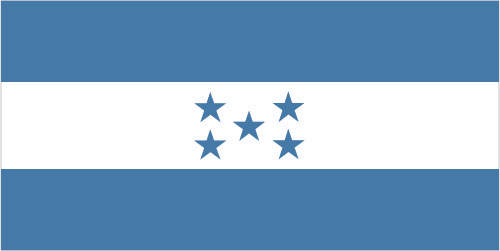
Flag of Honduras
Honduras, slightly larger than the state of Tennessee, is home to 8.5 million people. The country often experiences hurricanes along the Caribbean coast. It exports textiles, shrimp, and coffee. Tegucigalpa is the capital. Children can learn more at: Honduras.
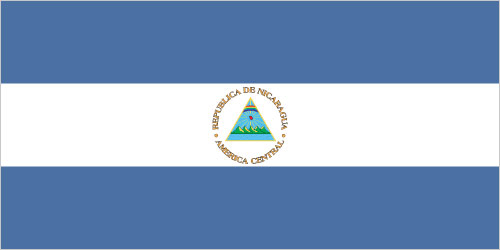
Flag of Nicaragua
Nicaragua, a bit smaller than the state of New York, has a population of 5.8 million people. The largest country in Central America, Nicaragua exports beef, coffee, gold, and sugar. Managua is the capital. Children can learn more at: Nicaragua.
